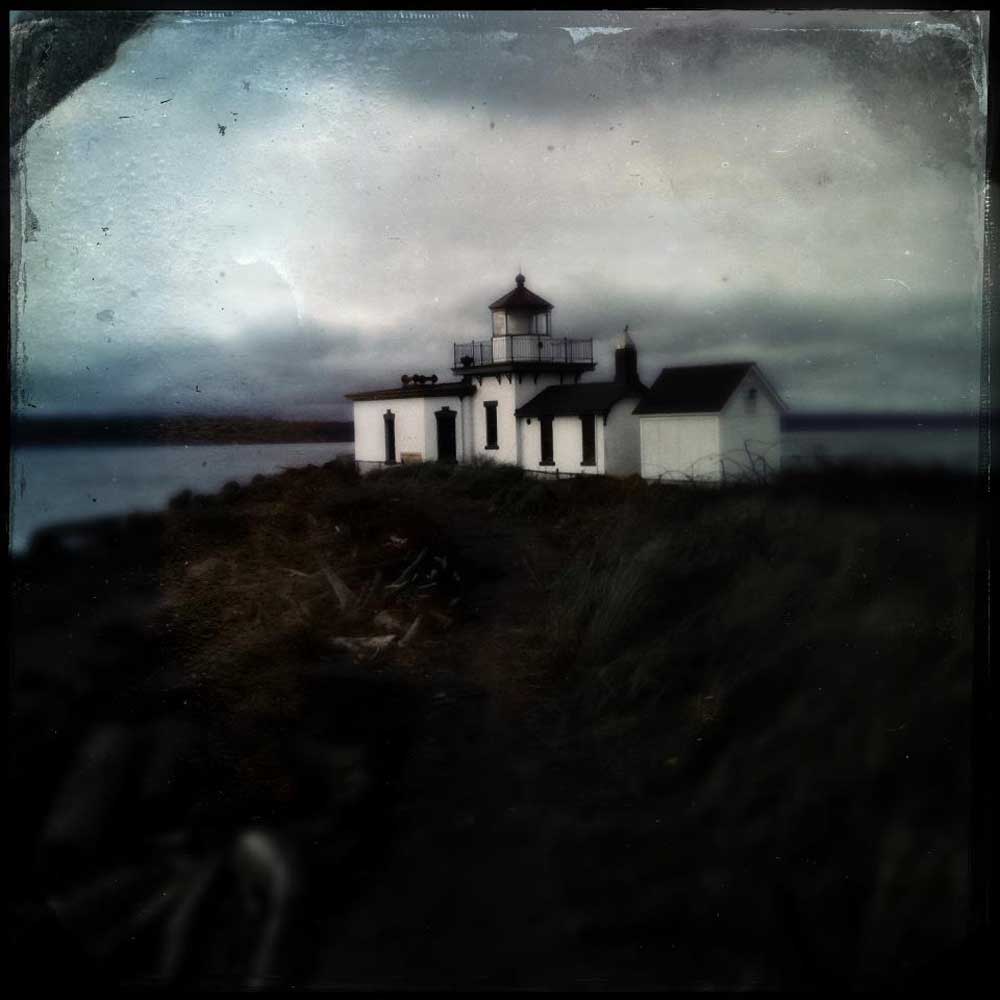Sunday, December 3, 2017
Friday, November 3, 2017
Business Idea/Rough
For my photography business, I would like to do product, portrait, and fashion photography as a source of income. The way my business would function would be that people come to me with their requests and ideas and I would fulfill them.
The equipment I would use most of the time would be my Nikon D3000, and Canon 6D which is about $2,000. To shoot products I would use Ortery ClothingPad Fashion Photography Studio which is $28,800 and is high quality. To do fashion photography I would purchase a MyStudio MS32 Professional Photo Studio Kit, which is about $1200. Some lenses I would need to purchase that would be 24-70mm, 85mm 16-35mm and a tripod would also need to be bought. Wich all run around $200-$500. Various props and clothing items will also be accessible for clients. I will also need to purchase several SD cards and hard drives to contain all the images.
Portrait photographers earn an average annual income of $32,000, based on a 40-hour work week, that equates to $15.38 per hour. Product photographers earn about $43K annually. And Fashion Photographers earn about $59,000. Altogether these add up to $134,000. This, however, will have to be full time and be very time-consuming. I plan to do about 15 product shoots a year, 50 portraits, and I estimate about 10 fashion shoots a year as well.
Sunday, October 22, 2017
Monday, October 9, 2017
Wednesday, September 27, 2017
Tuesday, September 26, 2017
Tintype Essay
A Tintype, first called a melainotype, also known as a ferrotype, is a photograph taken as a positive on a thin tin plate coated with a dark lacquer used to solidify the photographic emulsion. The tintype process was first created by Adolphe-Alexandre Martin in France in 1853 but was later altered and patented by Fredrick Scott Archer by adding wet-plate collodion process in 1856. Tintypes hit their peak around the 1860s and 1870s being used commonly used in booths or in the open air at fairs and carnivals. Another common use for them was being used for casual portraiture. The mediums usage decreased in the upcoming decades until its revival in the 21st century. Compared to its ancestor, the daguerreotype, and the ambrotype, tintypes were not only inexpensive, they were more efficient and took less time to capture an image. Within minutes the photographer could prepare, expose, develop and varnish a tintype to have it ready for a customer. Tintypes were also sturdier and did not require mounting behind hard glass to protect it from damage. A tintype photograph also had a larger variety of uses and settings to get a wider variety in a photography style. Arriving in the United States in 1856, it was very popular in the Civil War because of its lightweight and small size so that soldiers would have a piece of home in their pocket. Now to explain the process, first, the tin metal must be cleaned to ensure it has no contaminants. Spray the metal with black paint to eliminate the need to paint it after the developing stage. Then submerge the metal plate into a bath of collodion and silver nitrate, which will make the metal sensitive to blue and ultraviolet light. Vintage tintype cameras use the basic 4x5 or 8x10 size plates but other cameras such as pinholes or brownies work just as well. Be sure to have the camera clear and focused before letting the light hit the metal plate. A long exposure will require four to five seconds of light. Once the exposure process is finished, the exposed plate shows the image in the negative form. Developing and fixing the plate turns the image positive. Rinsing the photograph in water and drying it completes the tintype process.
The high contrast between her face and the darkness really adds a creepy vibe to this photo like her head is just floating
I love the lightness in her eyes and the way her freckles contrast with her skin.

Drawing on photographs is very interesting to me, it adds another medium to the theme of the photograph.
The high contrast in the background makes the environment around the model look very harsh.

I love the see-through ghost or translucent look.
The strings and tails of light overlapping the subjects are very interesting to me

The blurriness and out of focus parts in the background add to the mysteriousness of this building.

Thr frayed edges make the model look like they are crumbling or melting along with the photograph.

I love the vignette in this it makes it look like a tunnel narrowing down to the subject
The focus in this photo is very specific and brings the viewers attention to a particular subject changing the whole interpretation of the photo.
I will most likely use Justine as my model but I want to have a bunch of jewels on her face maybe tattoos and other trinkets around her with birds in her hair and random little toys around her.
I will most likely use Justine as my model but I want to have a bunch of jewels on her face maybe tattoos and other trinkets around her with birds in her hair and random little toys around her.
Subscribe to:
Posts (Atom)
















































